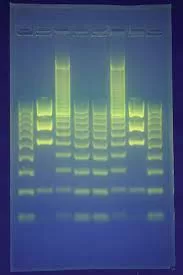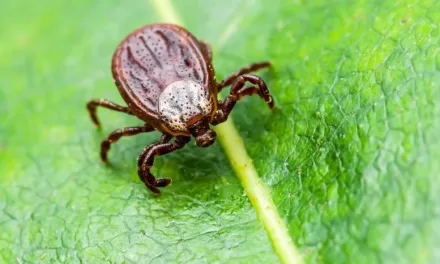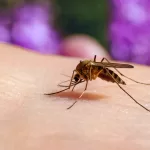
A groundbreaking development in the realm of autism research emerges from a team of scientists in China, who have pioneered a new gene editing shot that demonstrated the reversal of autism symptoms in a study involving mice.
Autism spectrum disorder (ASD) or autism spectrum condition (ASC) stands as a neurodevelopmental condition characterized by deficits in social communication, interaction, and repetitive behavioral patterns. A pivotal link between ASD and mutations in the MEF2C gene has been established, wherein errors in this gene contribute to critical developmental issues in the brain.
The collaborative effort between the Shanghai Jiao Tong University School of Medicine and Fudan University in Shanghai involved the creation of mice exhibiting mutations in the MEF2C gene. Published in the journal Nature Neuroscience, the study unveiled that these gene mutations in mice resulted in developmental deficits, speech impairments, repetitive behaviors, and epilepsy—traits commonly associated with autism.
Remarkably, mice displaying the genetic characteristics associated with ASD, upon receiving the gene editing shot, showcased a complete reversal of their behavioral and social challenges, as disclosed by the study’s findings.
Notably, male mice exhibiting the mutation displayed lower MEF2C protein levels in the brain, presenting ASD-like symptoms encompassing hyperactivity, social interaction difficulties, and repetitive behavior patterns.
The gene editing system was introduced into the mice’s brain through an adeno-associated virus vector, effectively traversing the blood-brain barrier to target specific areas.
The researchers highlighted, “This treatment successfully restored MEF2C protein levels in several brain regions and reversed the behavioral abnormalities in MEF2C-mutant mice.”
While the study centered on mice, it presents promising implications for potential future applications in aiding individuals with autism. The team expressed optimism, suggesting that the shot could eventually be “feasibly” utilized to address autism in humans. “Our work presents an in vivo base-editing paradigm that could potentially correct single-base genetic mutations in the brain,” they emphasized.
This pioneering advancement offers a glimmer of hope for the future treatment of autism spectrum disorder, leveraging gene editing technology to potentially address the root genetic causes underlying this complex neurodevelopmental condition.











